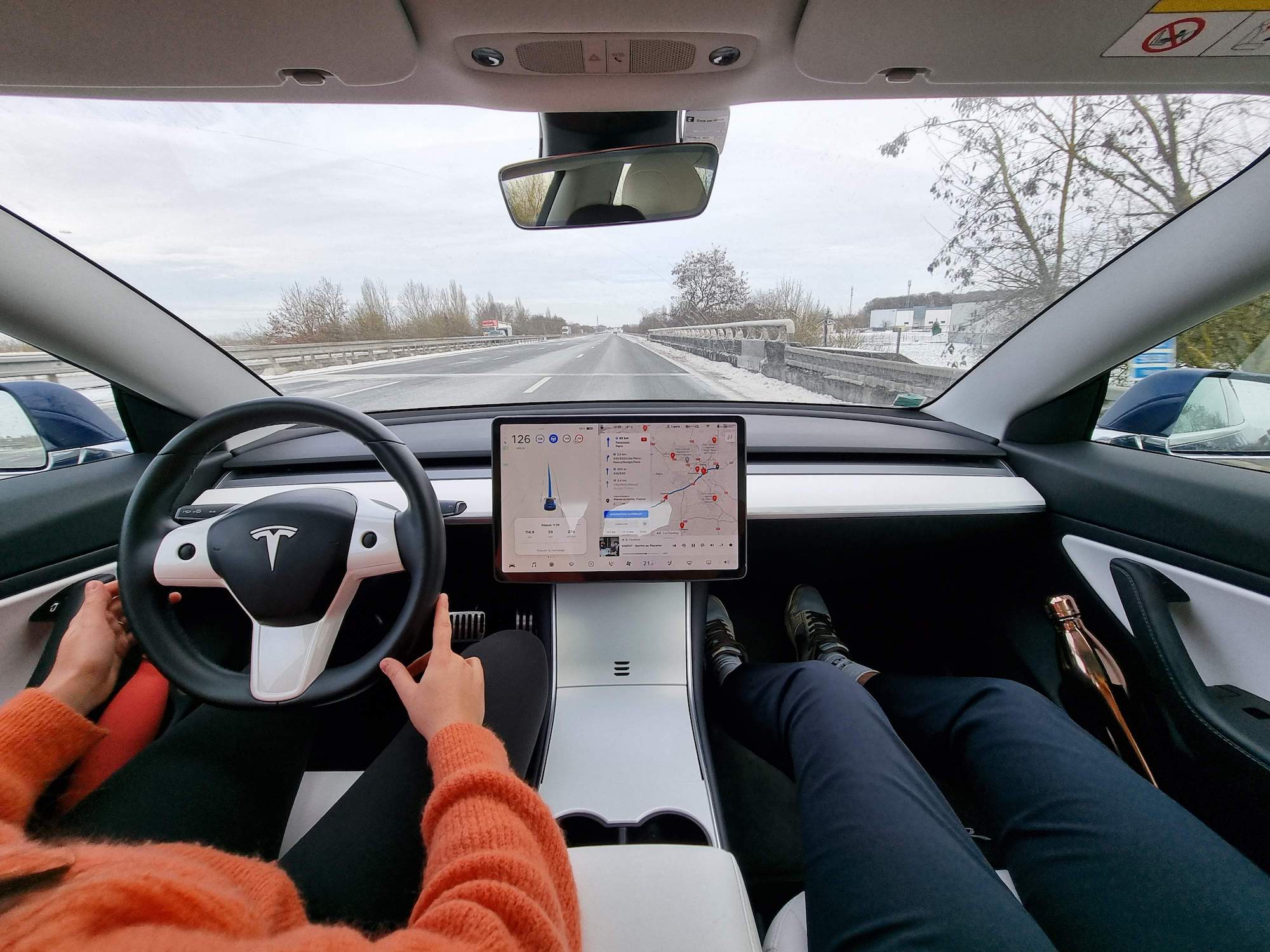Tesla’s Autopilot made the brand famous, even going so far as to be considered an autonomous car for the general public. If this has never been the case, it is clear that developments in Autopilot do not always go in the right direction…
Tesla cars are real rolling computers, and much of their notoriety comes from the suite of driving assistance systems known as Autopilot. In fact, this is level 2 autonomous driving.
If Elon Musk’s firm has shown some prowess in the United States for several years thanks to FSD Beta, the reality in Europe is very different. Sometimes limited by legislation, the observation is however clear: Tesla’s Autopilot has not improved for years on the old continent.
We will go into more detail on the different functionalities found within the basic Autopilot, the improved Autopilot and the brand’s fully autonomous driving capability. Also, we will look at what works, what doesn’t, and what has deteriorated over time. Finally, we will try to imagine the future, between improvements and regressions.
An Autopilot who is 8 years old
In October 2015, Tesla released version 7 of its embedded software on the Model S at the time. With this update was made available a feat that we know today under the name of Autopilot, in a version which may at first glance seem much more advanced than today’s.
Indeed, Elon Musk declared at the time of the general public release in 2015: “ We advise drivers to keep their hands on the wheel just in case, as the software is still in its early stages“. Nearly 100 months later and five million cars sold with Autopilot, we are still not out of this beta phase.
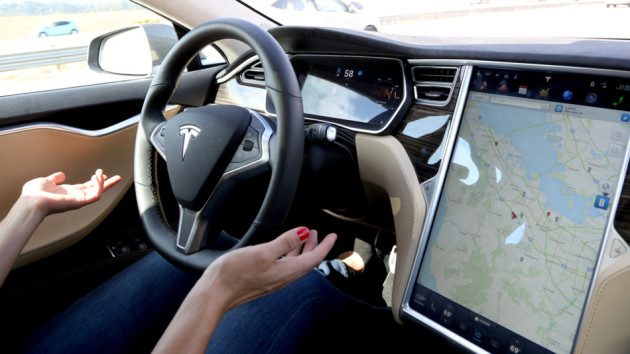
This initial version of Tesla’s Autopilot was in retrospect the most permissive : there was no obligation to keep your hands on the wheel — today, if the vehicle does not validate the fact that the driver has his hands on the wheel, Autopilot is deactivated after a few tens of seconds —, reading signs was functional, automatic overtaking was very responsive and dynamic, and all this using a single front camera.
MobileEye was Tesla’s partner for Autopilot at the time, before the two companies separated in 2016. And in retrospect, it was the start of a major problem for Autopilot.
Tesla Goes It Alone, For Worse And… For Worse
It’s quite unnatural to imagine it as the brand is known for its driving assistance, but the reality is there: for almost eight years, Tesla has not really been able to match the original Autopilot in certain areas. The point must be qualified so as not to fall into caricature, because Autopilot has been enriched with many new features which far exceed the capabilities of the first Teslas.
In the first version of Autopilot, a Tesla could combine adaptive cruise control and active lane keeping, and that’s about it. An Improved Autopilot made it possible to manage overtaking using a flick of the indicator, and the auto exit was also included (the car can move forward or backward a few meters without anyone at the wheel).
Today, depending on the options purchased, Autopilot navigation allows the vehicle to follow the GPS route, stop at traffic lights and stop signs, and much more in the United States.
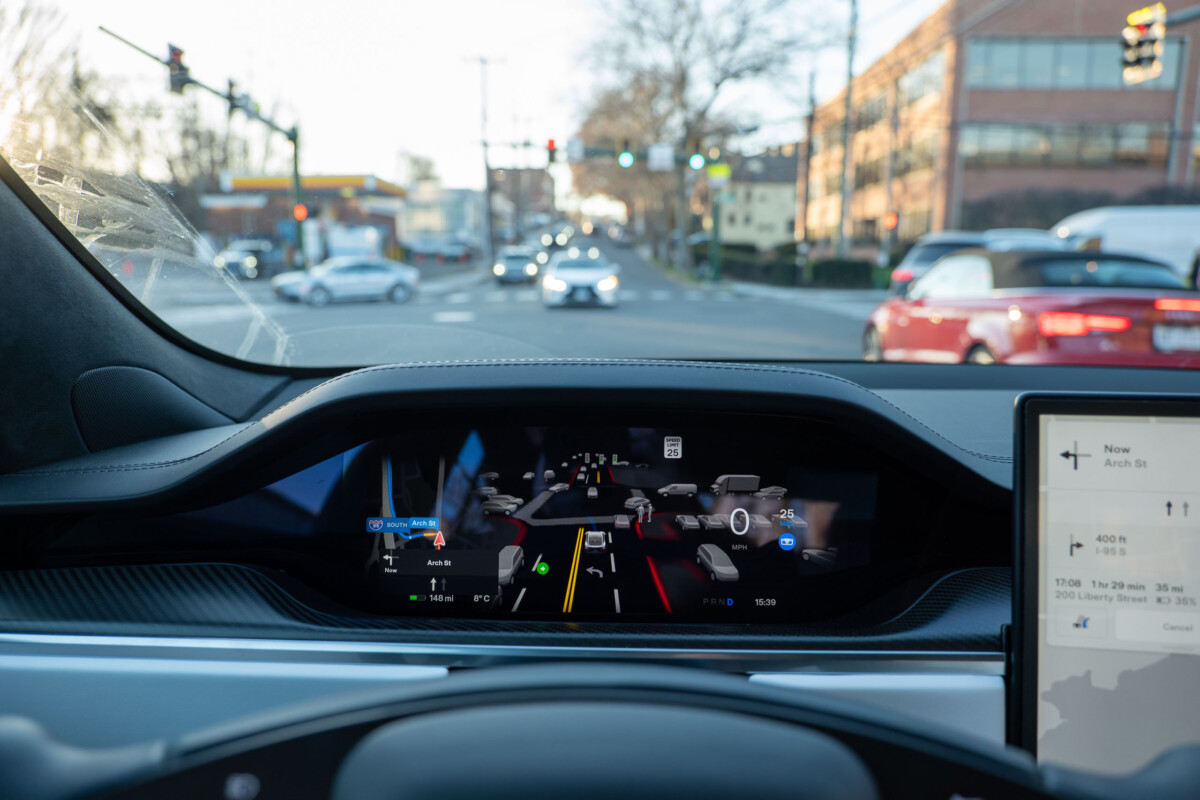
Tesla users who have already used an old car equipped with the first version of Autopilot are quite unanimous on the fact that regressions were felt when MobileEye was replaced by an in-house solution. The manufacturer does not hide it itself, since following this hardware change and the arrival in production of what we know under the name hardware 2 (HW2), it took almost a year before new vehicles can inherit all of the features related to Autopilot that existed on hardware 1.
This tendency to release hardware developments before the software is ready has, so to speak, become Tesla’s trademark.and this still continues today.
More cameras for fewer features?
You are probably aware that for many months, Teslas have had neither radar nor ultrasonic sensors. Tesla Vision is the code name for the software suite that is currently used, and it lives up to its name: everything is managed, analyzed and interpreted using only the cameras that equip the brand’s various electric cars.
On the best-selling Model 3 and Model Y, the successive abandonment of radar and then ultrasonic sensors was not painless. Many common use cases show the regressions that drivers are forced to undergo. For the absence of ultrasonic sensors, this is a much lower precision in the measurements in most cases of parking maneuvers, when it is not quite simply a lack of functioning of the parking assistance.
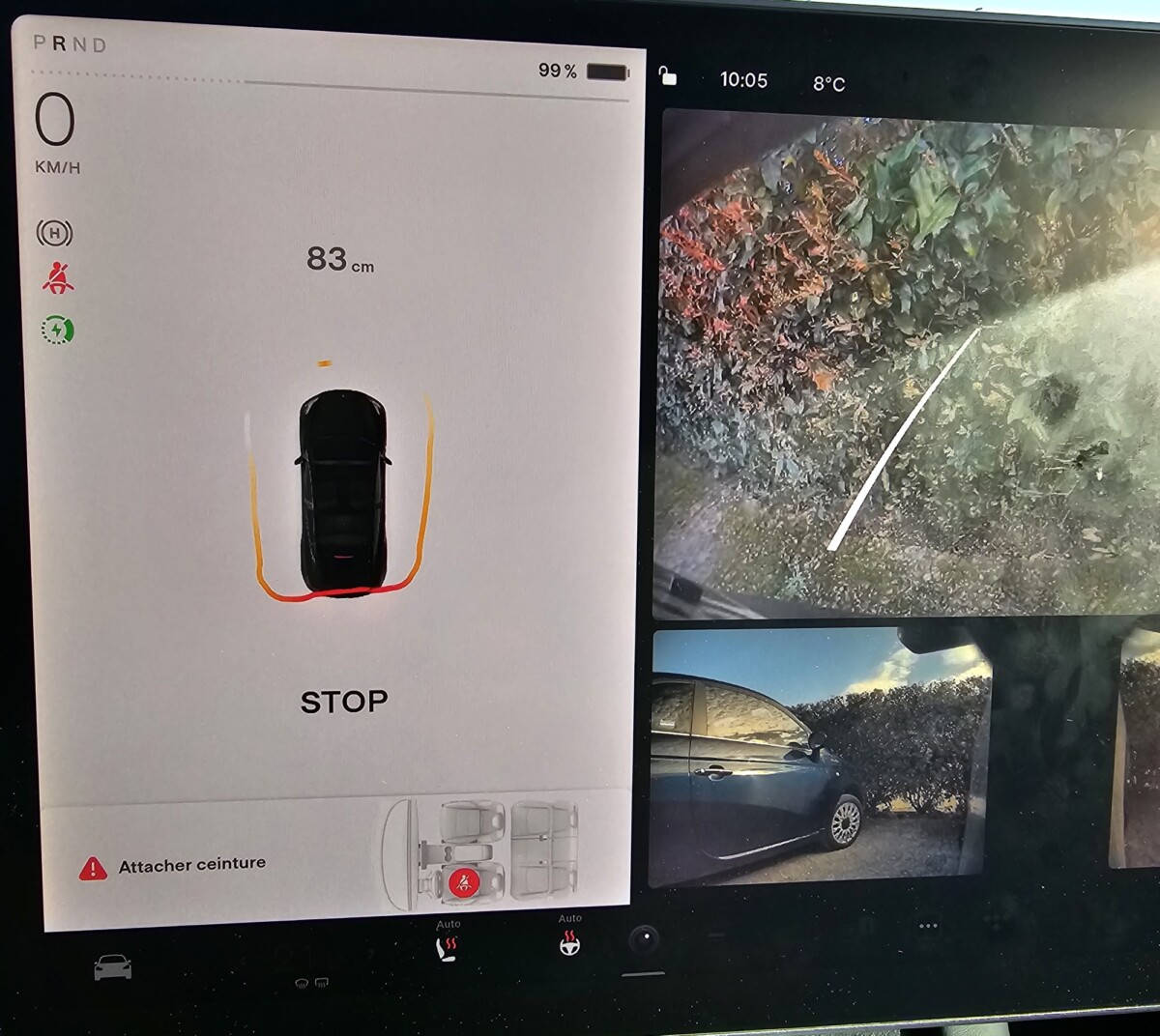
What’s more, for more than six months, Teslas delivered without ultrasonic sensors simply had no parking assistance. If it was probably acceptable to release a hardware update quickly in 2016 for a company that only delivered a few thousand vehicles per year, it is no longer acceptable at all for a company that delivers nearly a million every year. six months.
The removal of the radar saw the basic functionalities of Autopilot significantly altered: the maximum speed decreased, the management of the distance with the preceding vehicle was limited, and unsolicited deactivations much more frequent. Indeed, by relying only on cameras, today’s Autopilot will refuse to continue operating when there is poor visibility, fogging or any other alteration of atmospheric conditions making it difficult to see. With radar, many cases were avoided.
Since 2016, Tesla has enriched its offering with two options to increase the possibilities of driving assistance, one for 3,800 euros and the other for 7,500 euros. Although some features were never satisfactory, they had the merit of existing. For example Auto Exit and Auto Park were included in Enhanced Autopilot before ultrasonic sensors disappeared. Since then, the option still costs the same price, however these features are ineffective.
There is no official communication from the manufacturer regarding these features which have disappeared, other than the one written on its website since the end of 2022: For a short time during this transition, Tesla Vision vehicles that are not equipped with ultrasonic sensors will ship with some features temporarily limited or inactive.
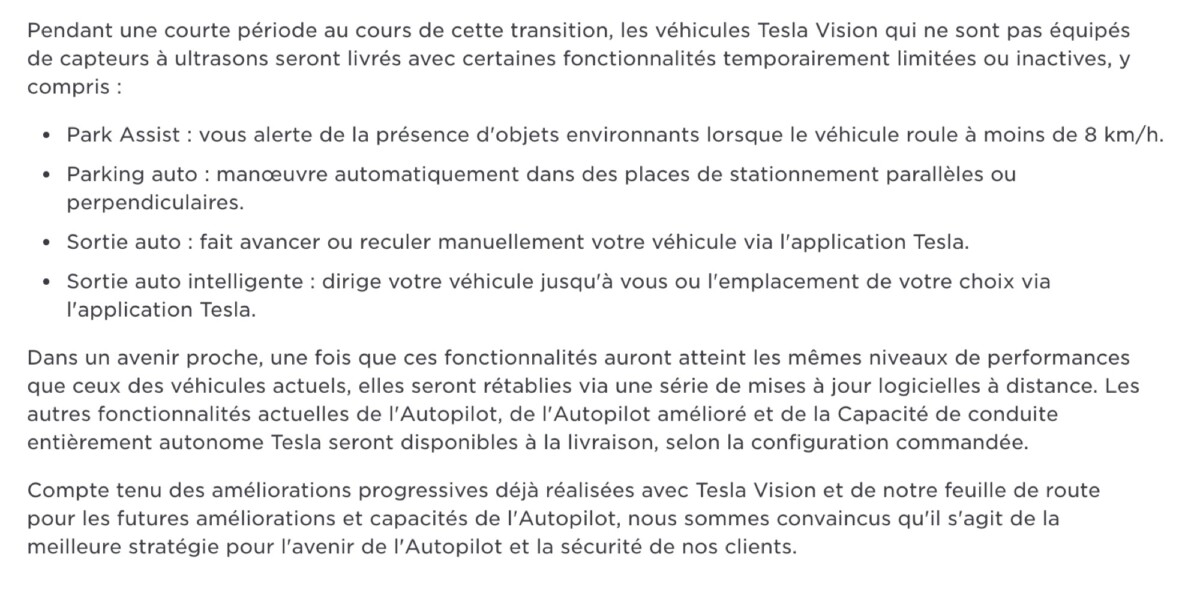
Everyone will interpret the short period as they see fit, but having sold 2,000,000 vehicles almost since this page was put online, it is difficult to understand why the firm continues to display such vocabulary.
Is the legislation at issue?
Some people sometimes think that the real reason for the limitation of certain Tesla features comes from legislation, particularly that in Europe, which is too restrictive to allow full use of the vehicle’s capabilities. This is true to a certain extent, since there are significant differences between semi-autonomous driving in North America compared to that on the old continent.
However, as we saw above, since switching to Tesla Vision, some features have simply disappeared. And this disappearance is not local, it is indeed global. Auto Exit and Auto Parking do not exist on the new American Teslas, any more than elsewhere in the world. Tesla still displays the same very optimistic ambitions for the future of autonomous driving, however it is important to manage our expectations regarding what Teslas allow today.
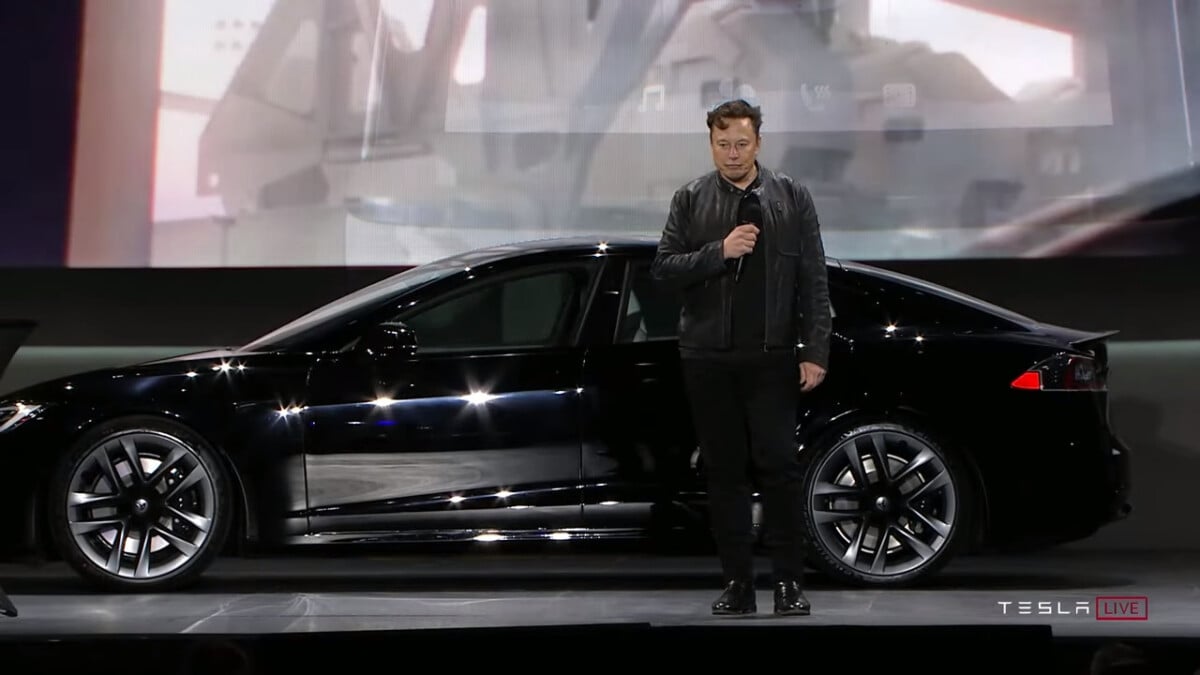
We’ve already talked at length about Elon Musk’s failed promises on these topics, and since 2016, Tesla has transformed into a formidable machine that drives costs down in order to continue to gain market share. It’s working so far, since the Tesla Model Y has even become the best-selling car in the world, all engines combined.
However, Tesla developments do not always go in the right direction unfortunately, and Autopilot is an example. It is no longer really improving, and is struggling to catch up with the delay accumulated due to equipment abandonment. At the same time, Tesla has chosen to focus most of its software development on FSD, which has still not seen the light of day outside the American continent. And even there, the concerns inherent to the hardware are very real. Only the future will tell us if Tesla is right to persist towards the whole vision: for the moment, it is difficult to convince.
Want to join a community of enthusiasts? Our Discord welcomes you, it is a place of mutual help and passion around tech.
